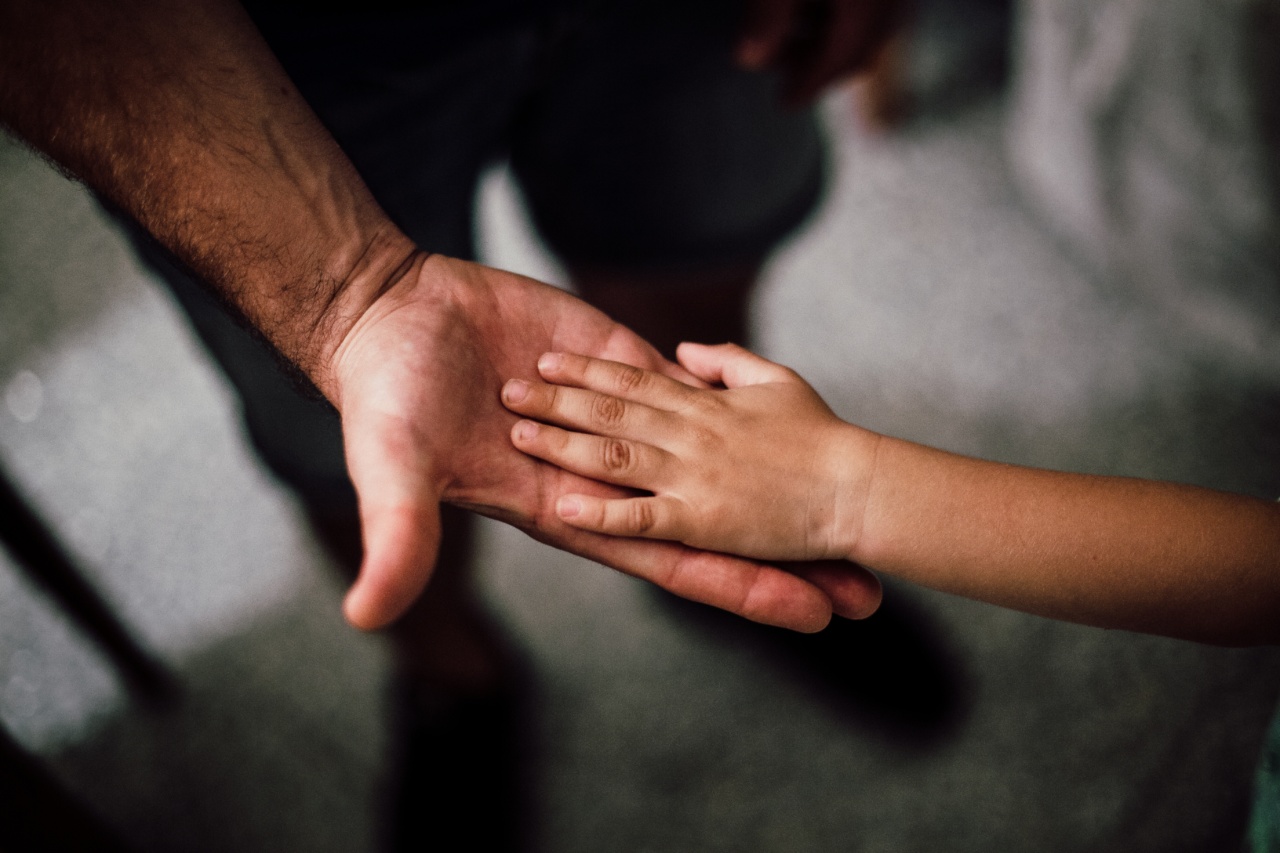Acne is a common skin condition that affects children as well as teenagers and adults. While puberty is usually the time when acne breakouts start, it can occur at any age in children.
Acne happens when the pores become clogged with oil, dead skin cells, and bacteria. But what causes acne in children?.
Hormonal Changes
Just like in teenagers, hormonal changes can trigger acne in children. These changes can happen before puberty as well. Hormonal changes can stimulate oil production in the skin, which can clog the pores and cause pimples.
Poor Hygiene
Children who don’t wash their faces regularly are more prone to acne breakouts. Sweat, dirt, and other impurities can accumulate on the skin throughout the day, clogging the pores and causing pimples.
Encouraging regular face washing can be helpful.
Diet
Some studies suggest that a diet high in sugar and processed foods can contribute to acne breakouts. Encouraging a balanced diet that includes lots of fruits, vegetables, and whole grains can help keep skin healthy.
Genetics
Children who have a family history of acne are more likely to develop the condition themselves. Genetics can play a role in the size and activity of the oil glands in the skin and how easily they become clogged.
Stress
Stress can trigger hormonal changes that can contribute to acne breakouts. While it can be difficult to control stress in children, providing a calm and supportive environment can help.
Types of Acne in Children
Acne can take many forms, and it’s helpful to understand the different types in order to treat them effectively.
Blackheads and Whiteheads
These are the most common types of acne in children. Blackheads and whiteheads occur when the pores become clogged with oil and dead skin cells.
Papules and Pustules
These types of acne occur when the hair follicles become inflamed, causing red bumps or pus-filled pimples to form.
Cysts and Nodules
These are the most severe types of acne and can be painful. They occur when the inflammation goes deeper into the skin, causing large, painful bumps or lumps that can leave scars.
Treating Acne in Children
Acne can be frustrating for children, but the good news is that there are many treatments available to help manage the condition.
Over-the-Counter Treatments
Mild acne can often be treated with over-the-counter creams and gels that contain benzoyl peroxide or salicylic acid. These can help unclog the pores and reduce inflammation.
Prescription Treatments
If over-the-counter treatments aren’t effective, a dermatologist may prescribe topical or oral medications, such as retinoids or antibiotics, to help manage the condition.
Lifestyle Changes
Making some simple lifestyle changes can also help manage acne in children. Encouraging regular face washing and a healthy diet can be helpful, as well as reducing stress levels and getting enough sleep.
When to See a Doctor
If your child’s acne is severe or isn’t responding to over-the-counter treatments, it may be time to see a dermatologist. They can provide a more comprehensive treatment plan and suggest more potent medications.





























